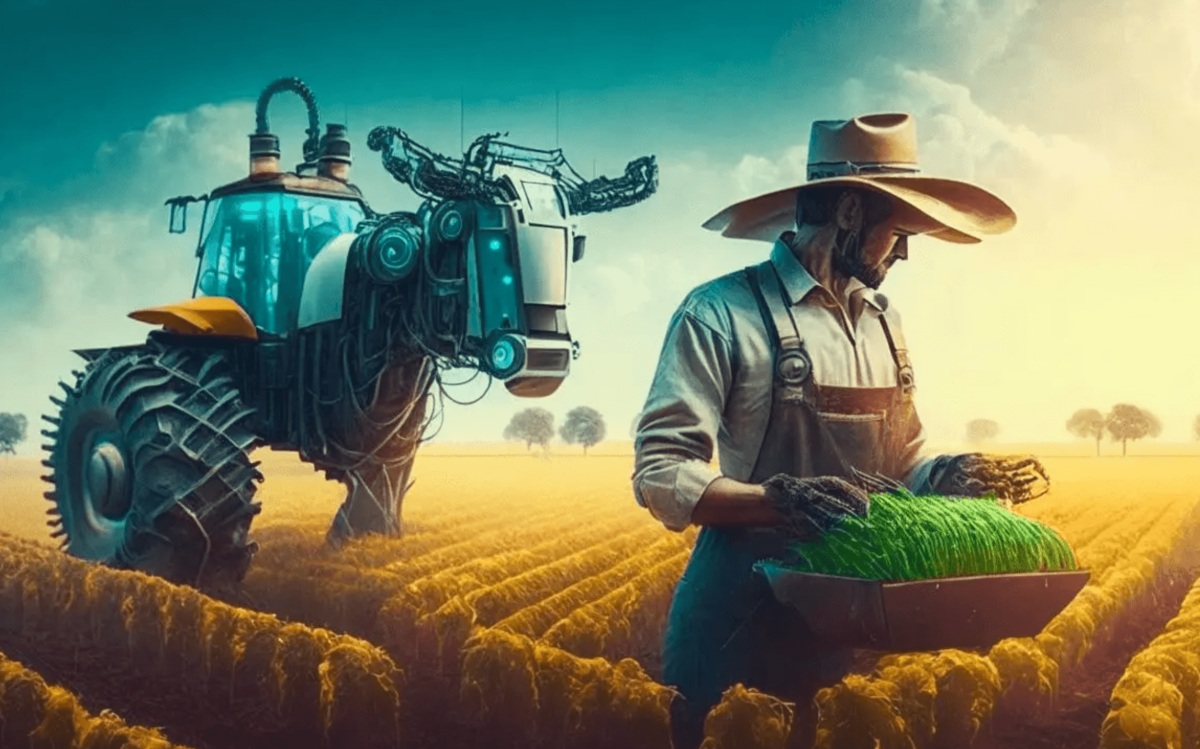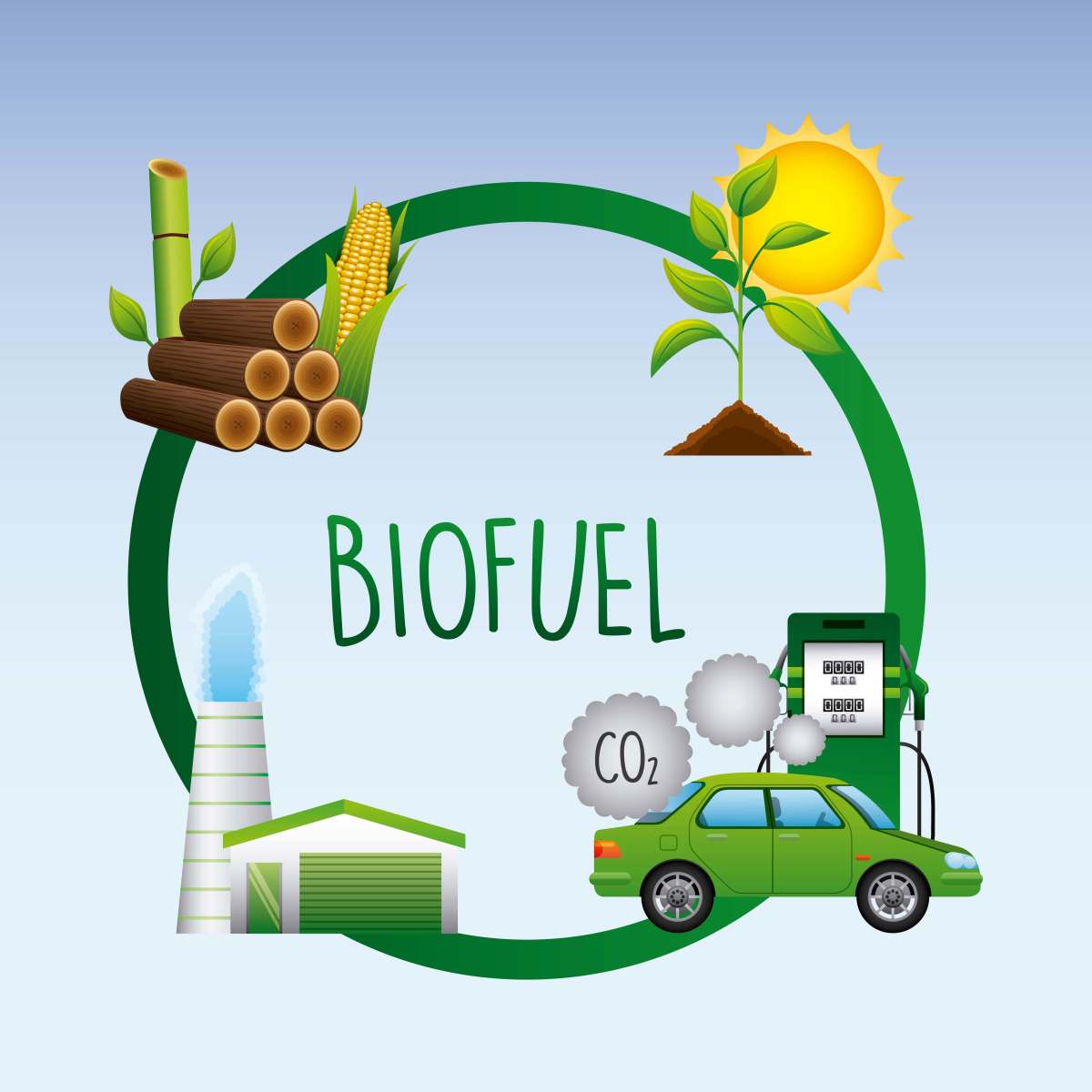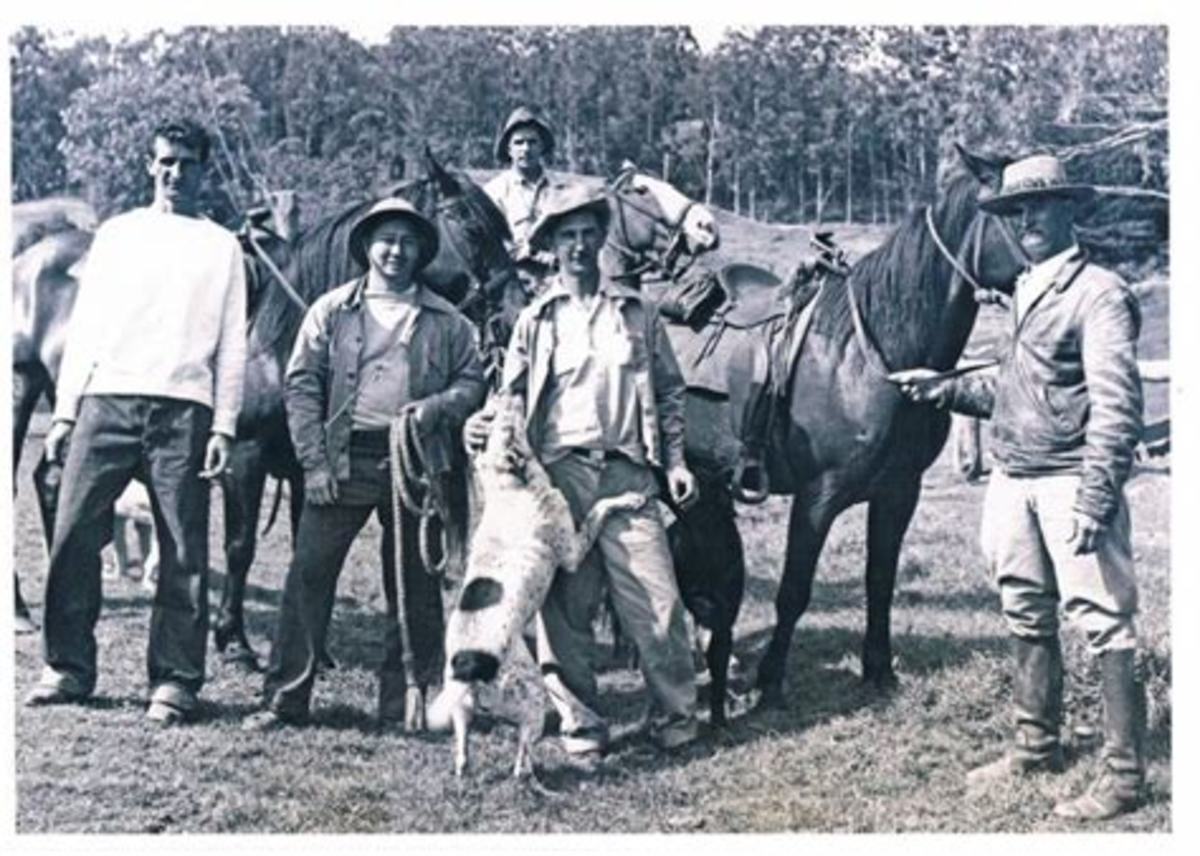The Evolution of Agriculture in the United States

Farming practices have changed significantly since the Pleistocene age of the hunter-gatherers. Currently, census experts claim that the world’s population will increase from six billion to nine billion by the year 2050—all to be fed, clothed and even fueled by agricultural products. To make the situation even more complex, people rising out of poverty will consequently develop higher living standards. For example, greater meat consumption and personal mobility will place even more demand on food crop production, animal feed, fiber, and fuels.
One of the biggest questions that politicians, scientists, and pressure groups from around the world have been struggling to answer for decades is: how can agriculture’s production expand so dramatically without significant increasing its environmental footprint?
This article will examine the evolution of agriculture in the United States and why the future of agriculture must be properly managed to promote long-term growth and natural resources conservation, while also providing farmers with the infrastructure, technology, and education necessary to successfully achieve their economic, social, and environmental goals.

The History of Agriculture in the US
Since the end of World War II, agriculture in the United States has changed drastically. Food crop production, animal feed, and fiber productivity significantly increased due to new technologies, mechanization, chemical usage, and government policies that favored maximum production. This important shift in farming practices had very few beneficial effects on American agriculture communities.
The most noteworthy of such were the decline of human-error risks involved with hazardous tasks and the increase of food production during wartime. Although this shift in agricultural practices had some positive effects on American farming communities, there were many major costs. Prominent among these were:
- groundwater contamination
- topsoil depletion
- the decline of family farms
- increased costs of production
- decreased rights for workers
- and the deterioration of socio-economic conditions in rural communities.
Furthermore, these social, economic, and environmental changes allowed for fewer farmers with reduced labor demands to produce the majority of the food and fiber in the United States.

The Rise of a New Agricultural Movement
The movement offers innovative and economically viable opportunities for growers, laborers, consumers, policymakers, and others in the food system. Today, this movement is called sustainable agriculture, and it is garnering increasing support and acceptance within mainstream agriculture. Sustainable agriculture refers to agricultural production that can be maintained without harming the environment. The concept integrates three main goals: environmental stewardship, farm profitability, and prosperous farming communities.
Farm Case Study
A case study at the University of Minnesota revealed that small farms with gross incomes of $100,000 or less made almost 95 percent of farm-related expenditures within their local communities.
Agriculutural Improvements Needed
- The first things that need to improve are consideration of social responsibilities such as working and living conditions of laborers, the needs of rural communities, and consumer health and safety both in the present and the future.
- Farm profitability, the process of preserving the economic viability of farm operations, is the second goal of sustainable agriculture. Traditionally, agriculture practices have exhausted the available resources and/or the ability to afford and acquire them, increasing financial, production, and energy costs. However, sustainable farms support local economies by providing jobs for members of the community and purchasing supplies from local businesses.
- The third main objective of sustainable agriculture is to develop prosperous farming communities. Fundamentally, this goal is very different from most industrial farms. The bleak reality is that the primary aim of industrial farms is to maximize profits – even if it threatens the fair employment practices or health or of farm workers.


Sustainable Farmers
Sustainable farmers understand that healthy and fair employment practices can yield better food and a stronger community. Furthermore, these practices and policies help foster institutions that satisfy employment, educational, health, cultural, and spiritual needs.
Over the past two decades, there has been a swarm of technological developments in the field of genetic engineering technology. Many American companies have biologically enhanced their crops, and this has affected sustainable agriculture in a variety of ways. In the article, “Ten Reasons Why Biotechnology Will Be Important to the Developing World,” author Martina McGloughlin argues that “biotechnology is by default our best, and maybe, only, way to increase production to meet future food needs."









